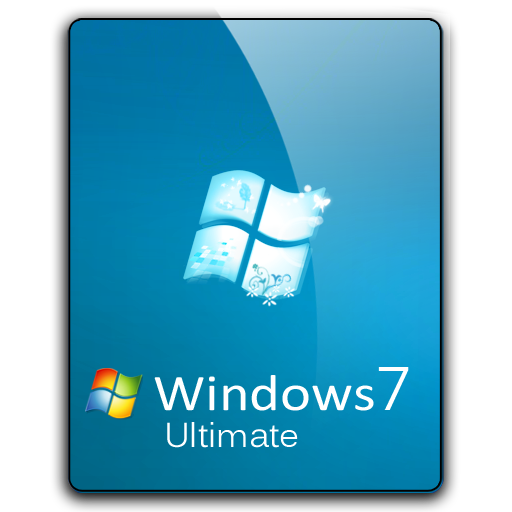

Select the correct option for your computer and follow the procedure. Below you'll find all the different ways you could have upgraded to Windows 10, and the corresponding procedure to downgrade to an earlier version of Windows. Windows 10 Is Here, but Maybe You Shouldn't Upgrade Just Yetĭepending on how you upgraded to Windows 10, the downgrade to Windows 8.1 or older option could vary for your computer. If you need assistance with going back to Windows 7 or Windows 8.1, here's a guide to help you get there.

What to do now? Well, you can always downgrade from Windows 10 to Windows 7 or any other Windows version. If you have slow or inconsistent Internet, you should go to some place that has a strong connection and follow the instructions for creating a USB install disk you can use at home.So you downloaded Windows 10, played with its new features, but realised that this is not the operating system for you.

Though you can walk away for large portions of the process, you can expect all the downloading and file copying to take at least 60 minutes and, in our case, closer to two hours on a fast Internet connection. Show the full folder path in File Explorer on Windows 10įinally, make sure you have 1 to 2 hours free to run the install.If you don't have a system restore disk already, it's a good idea to make a full system backup using disk imaging software such as Macrium Reflect, which makes a bit-by-bit copy of your hard drive. Before you begin the process, make sure you have all of your data files backed up, preferably to a cloud service such as Microsoft's own One Drive (opens in new tab), where you can download them again if your computer crashes. Windows 10 should install without a hitch, but driver problems are a possibility and, during any system update, there's always a chance something will go wrong.


 0 kommentar(er)
0 kommentar(er)
